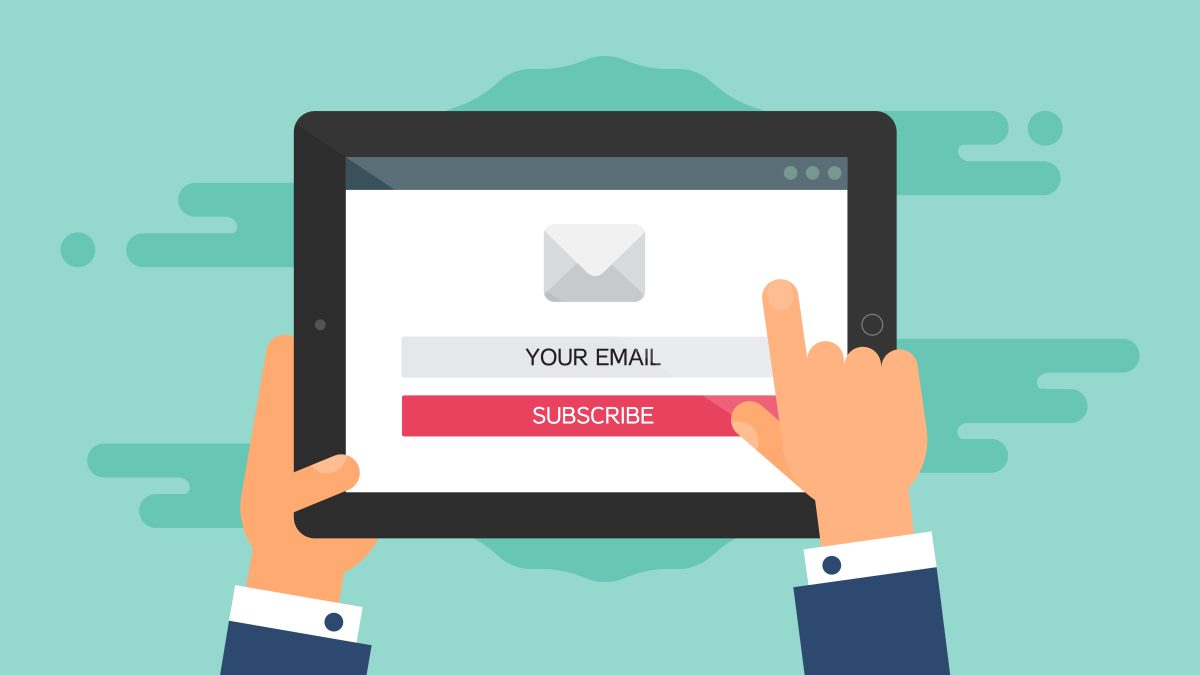Table of Contents

Pop-ups have become one of the most widely used website elements in digital marketing. Whether it’s collecting email addresses, promoting discounts, or encouraging visitors to take action, pop-ups are everywhere. But the question remains: do pop-ups help or hurt your website?
In this article, we’ll explore the benefits and drawbacks of website pop-ups, provide examples, and help you understand when and how to use them effectively.
What Are Website Pop-Ups?
A website pop-up is a small window or overlay that appears on a webpage, usually triggered by a user action (like scrolling or clicking) or a timer. They can serve various purposes:
- Collecting email subscribers
- Highlighting promotions or discounts
- Driving traffic to a specific page
- Preventing users from leaving without taking action
The Benefits of Website Pop-Ups
1. Increase Conversions
Pop-ups are proven to increase conversions by drawing attention to a single call-to-action (CTA). For example, displaying a discount offer or free trial sign-up can capture leads more effectively than static content.
A study from Sumo showed that the average conversion rate for pop-ups is 3.09%, with the top-performing ones reaching over 9%.
2. Grow Your Email List
Email marketing remains a top-performing channel for businesses, and pop-ups help grow your subscriber base quickly. Exit-intent pop-ups (triggered when a user is about to leave) are particularly useful for capturing leads who might otherwise never return.
3. Highlight Key Messages
Website visitors often skim content. Pop-ups give you a chance to emphasise important announcements—like product launches, seasonal deals, or new features—without relying solely on banners or static content.
4. Personalisation and Targeting
Modern pop-up tools allow personalisation based on behaviour, location, or referral source. For instance, showing a unique offer only to first-time visitors or tailoring content to repeat customers can make your pop-ups more effective and less intrusive.
The Drawbacks of Website Pop-Ups
1. Can Disrupt User Experience
Pop-ups are often seen as intrusive. Poorly timed or irrelevant pop-ups frustrate users, leading to higher bounce rates. Google has even updated its mobile-friendly guidelines to penalise websites with intrusive interstitials that block content.
2. Potential SEO Impact
Since Google prioritises user experience, intrusive pop-ups—especially on mobile—can harm your rankings. Websites must ensure that pop-ups don’t cover essential content or prevent users from engaging with the page.
3. Risk of Banner Blindness
Frequent or repetitive pop-ups may cause visitors to ignore them entirely. Just like traditional banner ads, users can become “blind” to them, reducing their effectiveness over time.
4. May Drive Visitors Away
If a website relies too heavily on aggressive pop-ups, it may discourage repeat visits. A balance must be struck between generating conversions and maintaining a positive user experience.
Different Types of Website Pop-Ups
Not all pop-ups are created equal. Here are some common types you’ll find across websites:
1. Entry Pop-Ups
These appear as soon as a visitor lands on your page. They’re useful for showcasing promotions but can be disruptive if overused.
2. Exit-Intent Pop-Ups
Triggered when a visitor is about to leave the site, these pop-ups offer last-minute incentives like discounts, free downloads, or newsletter sign-ups. They tend to feel less intrusive since they don’t interrupt browsing.
3. Scroll-Triggered Pop-Ups
These appear once a user scrolls down a certain percentage of the page, indicating engagement. They’re effective because they target visitors who are already interested in your content.
4. Time-Delayed Pop-Ups
These pop-ups show up after a visitor spends a set amount of time on the page. They’re a good way to catch users once they’ve engaged, but before they leave.
5. Click-Activated Pop-Ups
Instead of appearing automatically, these open only when a visitor clicks on a button or link (e.g., “Download Now” or “Get Discount”). They feel more natural since the visitor initiates them.
6. Floating Bar Pop-Ups
These are slim banners at the top or bottom of the screen that remain visible as the user scrolls. They’re less disruptive but still effective at keeping CTAs front and centre.
7. Gamified Pop-Ups
Spin-to-win wheels or scratch-to-reveal offers create a fun, interactive experience that boosts engagement and conversions.
How to Use Website Pop-Ups Effectively
Timing Is Everything
Don’t show a pop-up the second someone lands on your site. Instead, set it to trigger after a visitor has shown some engagement (e.g., scrolling halfway through a page or spending 30 seconds browsing).
Keep It Relevant
Offer something of genuine value, such as a discount, free resource, or exclusive update. The more relevant the pop-up is to the user’s intent, the less intrusive it feels.
Use Exit-Intent Pop Ups Wisely
Exit-intent pop-ups are less disruptive because they trigger when a visitor is leaving. These can be effective for offering a last-minute incentive or collecting feedback.
Optimise for Mobile
Since mobile users are particularly sensitive to pop-ups, make sure they are easy to close and don’t block essential content. Responsive design ensures a smooth experience across devices.
Balancing Benefits and Drawbacks
Website pop-ups can be powerful, but they are a double-edged sword. Used wisely, they can:
- Increase conversions
- Grow subscriber lists
- Highlight important content
But if misused, they can harm user experience, SEO, and your brand’s credibility.
If you want to make sure your website is engaging, optimised, and built with the right tools—including smart use of pop-ups—Pressific can help. Our focus is on keeping websites strong, secure, and effective, so you can concentrate on growing your business.
Final Thoughts
Website pop-ups offer both benefits and drawbacks. They can boost conversions and engagement, but they can also frustrate users if poorly implemented. The key is to strike a balance: deliver value, respect user experience, and ensure your pop-ups align with your overall digital strategy.
When used correctly, pop-ups don’t just interrupt—they enhance.





